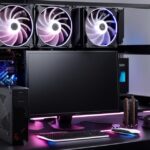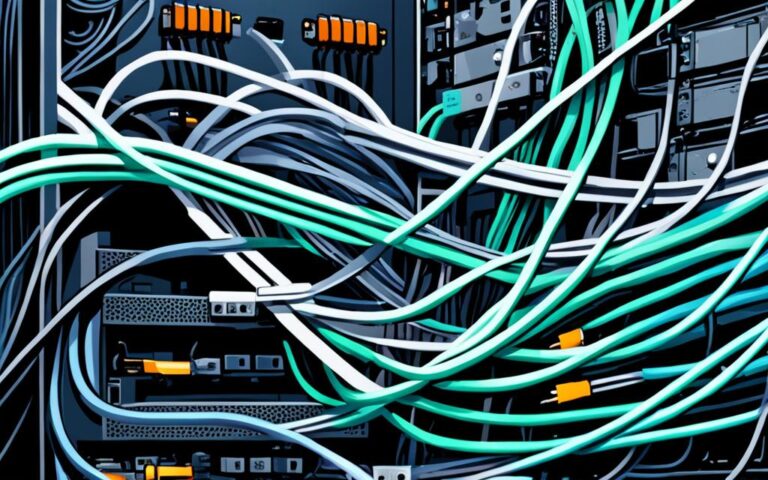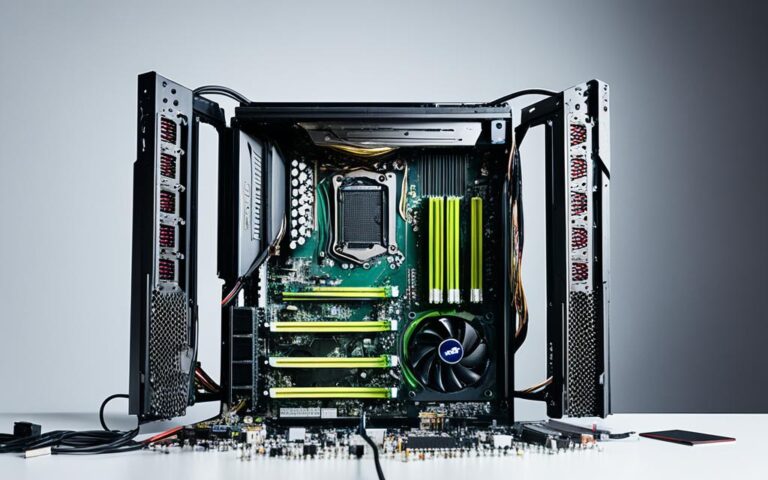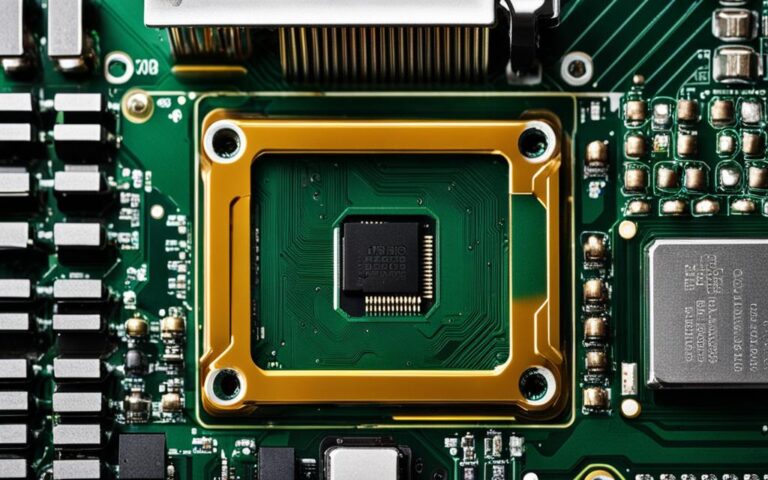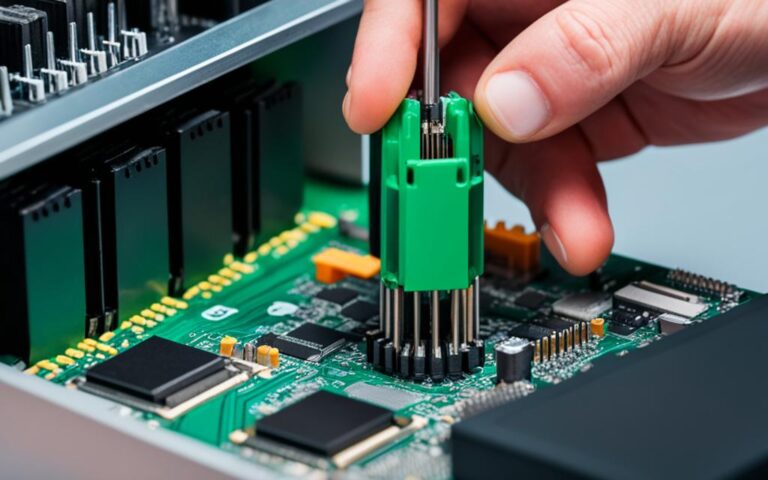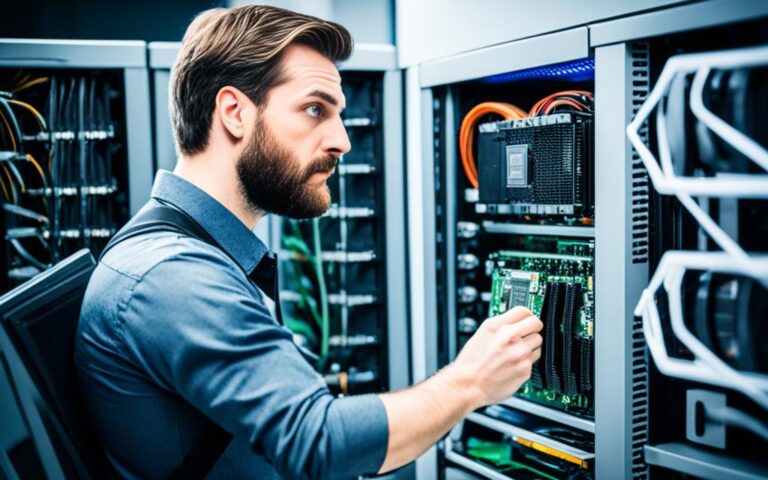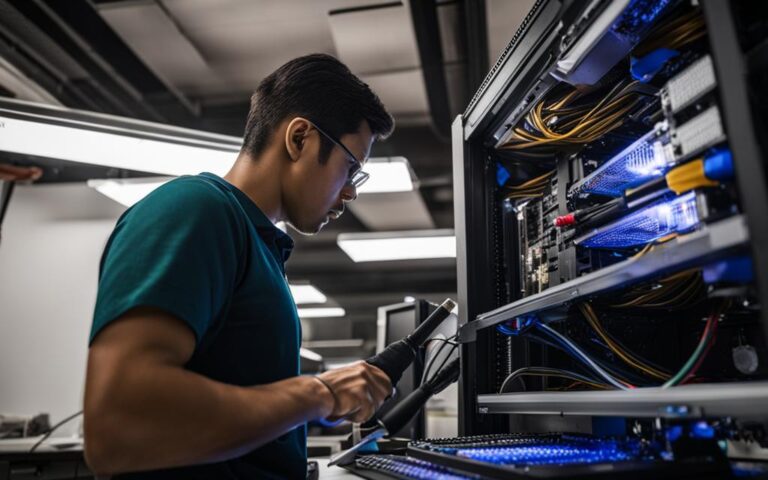Resolving Compatibility Issues with Desktop Upgrades
Hardware compatibility issues with Windows 10 can be frustrating and time-consuming to fix. They can cause your devices to malfunction, display errors, or not work at all. In this section, we will explore some common causes and solutions for hardware compatibility problems with Windows 10, and how to avoid them in the future. We will discuss checking system requirements, updating drivers, running compatibility mode, uninstalling conflicting software, and replacing or upgrading hardware.
Checking System Requirements
Before installing or upgrading to Windows 10, it is important to check the minimum system requirements for the operating system. By ensuring that your hardware meets the system requirements, you can avoid potential compatibility issues, performance problems, crashes, or errors.
Processor: The processor of your device plays a crucial role in determining its capability to run Windows 10 smoothly. Check if your processor meets the minimum requirements specified by Microsoft.
Memory: Sufficient RAM is essential for optimal performance. Verify that your device has enough memory to meet the Windows 10 requirements. Low memory can lead to sluggishness and system slowdowns.
Disk Space: Windows 10 requires a certain amount of free disk space to operate efficiently. Ensure that your device has enough available disk space for the installation and future updates.
Graphics Card: A compatible graphics card is necessary for visual enhancements and smooth graphics rendering in Windows 10. Check if your graphics card meets the requirements or if an upgrade is needed.
Display Resolution: Windows 10 offers a range of features that are optimized for specific display resolutions. Verify that your device’s display resolution meets the minimum requirements specified by Microsoft.
It is recommended to consult the official Microsoft website or use the Windows 10 compatibility checker tool to gather detailed information about the system requirements. By ensuring that your hardware is compatible with Windows 10, you can save time, prevent performance issues, and enjoy a seamless user experience.
Updating Drivers
Drivers are essential software programs that facilitate communication between your hardware devices and the Windows 10 operating system. When drivers become outdated, missing, or corrupted, your devices may not function properly, or worse, not work at all. Resolving compatibility issues related to drivers is crucial for ensuring the optimal performance of your devices.
“Outdated, missing, or corrupted drivers can cause devices to malfunction or not work at all.”
To address driver-related compatibility issues, there are several steps you can take:
- Update drivers using Device Manager: Open the Device Manager, locate the device that requires an update, right-click on it, and select “Update driver.” Windows will search for the latest driver software automatically and guide you through the installation process.
- Utilize Windows Update: Frequently check for updates through Windows Update as Microsoft often releases driver updates to improve compatibility and performance. Simply navigate to Settings > Update & Security > Windows Update to ensure the latest drivers are installed.
- Visit the manufacturer’s website: Access the official website of the device manufacturer to search for and download the latest drivers specific to your hardware. Ensure you choose the correct drivers for your Windows 10 version and follow the installation instructions carefully.
To assist in diagnosing and resolving driver problems, Windows 10 also provides a helpful tool called the troubleshooter. The troubleshooter can detect driver issues, provide recommendations, and guide you through the troubleshooting process.
To ensure the safety and reliability of your driver updates, always download drivers from trusted sources such as official manufacturer websites or reputable driver management software. Avoid downloading drivers from third-party websites, as they may contain malware or unreliable software.
Updating drivers is a crucial step in resolving compatibility issues and ensuring the smooth operation of your devices with Windows 10.
Common Driver Update Methods
| Method | Description |
|---|---|
| Device Manager | Update drivers directly through the Device Manager interface in Windows 10. |
| Windows Update | Regularly check for driver updates through the Windows Update feature. |
| Manufacturer’s Website | Visit the official website of the hardware manufacturer to download the latest drivers. |
Running Compatibility Mode and Uninstalling Conflicting Software
Compatibility mode provides a solution for running older programs or devices on Windows 10. By emulating the environment of a previous Windows version, compatibility mode helps resolve compatibility issues with older software, ensuring a seamless user experience. This feature is especially useful when encountering compatibility problems with outdated programs.
Uninstalling or disabling conflicting software that is not compatible with Windows 10 is another effective way to prevent errors, crashes, and performance issues. Outdated or incompatible software can often lead to conflicts and system instability. By removing such software, you can create a stable environment for your system, minimizing the chances of errors or crashes.
You can use various methods to uninstall or disable conflicting software. The Control Panel, Settings, or Task Manager all provide options for managing software installations. By accessing these tools, you can easily locate and remove incompatible programs. It’s important to note that uninstalling conflicting software may require administrative privileges.
Check for Malware or Viruses
In addition to compatibility mode and uninstalling conflicting software, it’s crucial to regularly check your system for malware or viruses that may affect your hardware or overall system performance. Malicious software can cause conflicts, errors, and crashes, leading to a compromised user experience.
Utilize reliable and up-to-date antivirus software to scan your system and detect any potential threats. By taking proactive measures against malware and viruses, you can safeguard your system and prevent compatibility issues caused by malicious programs.
Replacing or Upgrading Hardware and Preventing Future Compatibility Issues
If the previous solutions do not resolve the compatibility issues, you may need to consider replacing or upgrading your hardware devices. Outdated or damaged hardware can often be the cause of compatibility problems with Windows 10. To determine if your hardware devices are compatible or if updates or patches are available, it is advisable to consult the manufacturer’s website or seek advice from a professional technician.
To prevent future compatibility issues, it is crucial to keep your system and drivers up to date. Regularly check for system and driver updates to ensure that your hardware functions optimally with the latest software. With each update, manufacturers may introduce compatibility enhancements and fixes to address known issues.
Also, when considering new hardware or software additions to your system, always check their compatibility with Windows 10. Manufacturers often provide information on the compatibility of their products, so it is essential to review this information before making a purchase or installation. By verifying compatibility in advance, you can prevent potential issues and ensure a smooth integration into your system.
Finally, before making any significant changes to your system or hardware, it is advisable to back up your data. This precautionary measure safeguards your important files and allows for easy recovery in case any compatibility issues or system disruptions occur during the process.
Benefits of Replacing or Upgrading Hardware:
- Improved performance and functionality
- Enhanced compatibility with Windows 10
- Better support for the latest software and applications
- Reliable and secure operation
| Replacement/Upgrade | Reason |
|---|---|
| Upgrade RAM | Improves system performance and multitasking capabilities |
| Replace HDD with SSD | Provides faster boot times and data transfer speeds |
| Upgrade Graphics Card | Enhances gaming and graphics-intensive applications |
| Replace Outdated Peripherals | Ensures compatibility and reliability with the latest technology |
By considering the benefits and taking proactive steps to replace or upgrade incompatible hardware, as well as staying vigilant with system and driver updates, you can significantly reduce compatibility issues and enjoy a seamless Windows 10 experience.
Conclusion
Resolving compatibility issues is crucial when upgrading your desktop and ensuring hardware compatibility with Windows 10. By following the steps outlined in this article, such as checking system requirements, updating drivers, running compatibility mode, uninstalling conflicting software, and replacing or upgrading hardware, you can effectively resolve and prevent compatibility issues with Windows 10.
To maintain a seamless desktop upgrade experience, it is important to keep your system and drivers updated regularly. This will help ensure smooth integration and optimal performance.
However, if you encounter complex or persistent compatibility issues, it is advisable to consult a professional technician who can provide specialized guidance and assistance.
By implementing these measures and seeking professional help when necessary, you can overcome compatibility challenges and enjoy a hassle-free desktop upgrade experience while maximizing the capabilities of Windows 10.






